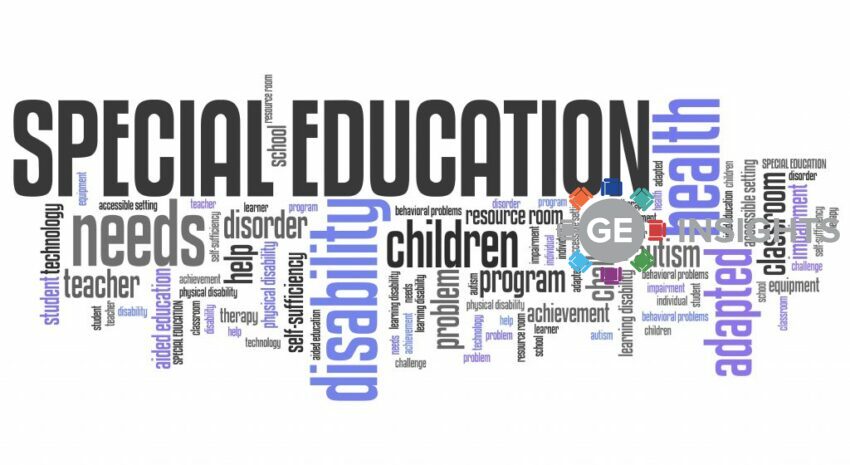The 15 Academic Health Science Networks (AHSN) across England operate as the key innovation arm of the NHS.
Each AHSN seeks to improve patient safety and share best practice among their own network, as well as the wider collective network.
This case study focuses on the West of England AHSN, and their work in implementing the National Early Warning Score 2 (NEWS2) across the health and social care system.
West of England AHSN
All of England’s AHSNs were set up by NHS England in 2013. They were relicensed in 2018, giving them more power to innovate.
They hold the unique position of being the only bodies that connect the NHS, academic organisations, local authorities, the third sector, and industry. [1]
This allows them to be the catalyst for facilitating change across the entire health and social care economies.
The West of England AHSN is made up of:
- 3 Universities
- 3 Clinical Commissioning Groups
- 1 Ambulance Trust
- 5 Acute Trusts
- 5 Community Services
- 2 Mental Health Trusts[2]
The network covers a region with over 2.4 million residents.
Hannah Little RN MSc, Former Patient Safety Improvement Lead for the West of England AHSN was tasked with implementing NEWS2 as a common language across these various settings.
The main aim of this was to improve the safety-critical communication that occurs at the interface of care.
What is NEWS2?
NEWS2 was developed in conjunction with the Royal College of Physicians (RCP) based on over 200,000 patient data sets.
It is used as a ‘track and trigger’ score. By repeating measurements, changes in a patient’s physiology can be tracked.
If the NEWS2 increases, an intervention can be ‘triggered’ such as more frequent observations or a senior review.
NEWS2 is a common language of deterioration and supports objective decision making, alongside aiding clinical judgement.[2]
The importance of the cross-system common language is paramount, as it allows all medical practitioners to understand quickly and easily a patient’s changing needs.
The West of England AHSN has created a series of digital enablers, such as templates for primary and community care systems, to simplify the process of information sharing.
Alongside this, the South West Ambulance Service established an auto-calculation software which was then embedded across the network.
This allowed everyone from paramedics, to GPs, to nurses, to be able to input and digest complex needs in a simple format.
Using the same language guides placement, prioritisation and enables preparedness across the system.
Matt Inada-Kim. [3]
However, NEWS2 should be used as an important aid to clinical assessment, but not as a substitute for competent clinical judgement.[2]
For example, if there is any concern about a patient’s immediate clinical condition, it should prompt an urgent clinical review irrespective of the most recent NEWS2.
How NEWS2 affects Mortality
Whilst NEWS2 can be calculated and read in the same way across the social, community, primary, and secondary care services, the response is different across those sectors.
Evidence shows that if NEWS2 is calculated at the time a GP decides to admit, the higher the NEWS2 is likely to be, the more likely a patient will be admitted and the more likely a patient will die.
If NEWS2 is shared at the time of GP admission, patient outcomes are improved as the score can be used to decide which patients should be seen where by which clinician and with what urgency.
In partnership with the West of England AHSN, the NIHR Applied Research Collaboration West reviewed approximately 13,000 patients.
The higher the NEWS2, the longer the length of stay, the greater the mortality and more patients were diagnosed with sepsis.
If NEWS2 was not shared at admission the outcomes were adversely affected.[2]

How NEWS2 is Changing Healthcare
NEWS2 allows for professionals at each stage of the healthcare cycle to communicate effectively with those overseeing the appropriate next phase of care.
One case study is that of a patient referred to an out of hours GP. The patient was a very anxious young woman, with vague symptoms and complaining of changes in her nails.
The GP gave this a NEWS2 score of 6, this relatively high score meant she was admitted despite there being no clear diagnosis.
She collapsed within an hour of being admitted with toxic shock syndrome.
In this scenario, the NEWS2 process had helped to identify a deteriorating patient before it was too late.
Another situation was a woman in her 40s with diabetes and schizophrenia. She developed a buttock abscess over the weekend, dialled a helpline and was told she could wait to be seen.
She was reviewed by a GP on Tuesday and was admitted to the hospital with a NEWS2 score of 5.
The patient was treated with antibiotics and fluids and was in theatre within hours to remove the source of the Sepsis infection.
The usual pathways to surgery would have been longer and could have led to the patient’s condition deteriorating further.
NEWS2 also helps healthcare professionals prioritise. One patient was given a NEWS2 of 4 when leaving the GP surgery, with no major concerns reported to the ambulance crew.
By the time of admission to the hospital, the NEWS2 for the patient had gone up to 11. This labelled the patient as a high priority and required an urgent senior medical review and extra staff.
A high-care bed was made available in the main Acute Medical Unit area for ongoing care, despite the fact the unit was operating at maximum capacity.
One nurse recalled:
I think it’s difficult to convey a patient’s condition over the phone and sometimes in the past I have been saying, ‘They have got tachycardia and they don’t look well.’ If you say, ‘Actually they have got a NEWS score of six.’ Suddenly they say, ‘Well I think we better see them.’
Clinical Nurse.[2]
Embedding NEWS2 across England
There has been research into NEWS2 outside of acute settings, with staff interviewed from primary care, ambulance services, community care, and mental health.
They concluded NEWS2 is an effective way of supporting clinical decision making and helpful in the escalation of care.[2]
One GP stated:
Making the decision not to admit someone or not to refer someone, which we have to do most of the time, there’s potentially a lot of comeback on you for not doing that, so anything that covers you and helps protect you or back up your decision making is potentially useful.
General Practioner.[2]
There are still challenges, such as adapting the NEWS2 process to adequately serve mental health service users.
Several other AHSNs across England are adopting similar NEWS2 processes to the one developed in the West of England.
West Hampshire AHSN has created a 5-point plan called ‘RESTORE2’. They have laid out the process as follows:
- Recognise soft signs
- Take observations
- Calculate NEWS2
- Get the right help early
- Get your message across[5]
RESTORE2 has been endorsed by the British Geriatric Society and the Department of Health & Social Care.
To embed similar processes, strong collaboration with local partners is essential to maximise the reach of the program.
Championing digital solutions, which has accelerated across the NHS during the Covid-19 pandemic, is also key to delivering a swift and useful resource.
It is also important to critically engage with evidence, and consistently carry out research on the effectiveness of new processes and iterate on the findings.
Finally, simply promoting and being an advocate of a common language across health and social care can go a long way in galvanising support for the project and improving outcomes.
[1]AHSNnetwork.com. 2021. About Academic Health Science Networks.
[2]Little RN MSc, Hannah. 2021. Senior Clinical Transformation Specialist, North Bristol NHS Trust. Using NEWS2 across the health and social care system to improve recognition and response to deterioration.
[3] Inada-Kim, Matt. 2021. National Clinical Lead for Deterioration – NHS England and Improvement Acute Medicine Consultant – Hampshire Hospitals NHS Foundation Trust. On NEWS2.
[4]LJ, Scott. Et al. 2019. Emergency Medicine Journal 2. Distributions of the National Early Warning Score (NEWS) across a healthcare system following a large-scale roll-out.
[5]WestHampshireCCG.nhs.uk. 2021. Restore 2.
Register FREE to access 2 more articles
We hope you’ve enjoyed your first article on GE Insights. To access 2 more articles for free, register now to join the Government Events community.
(Use discount code CPWR50)




